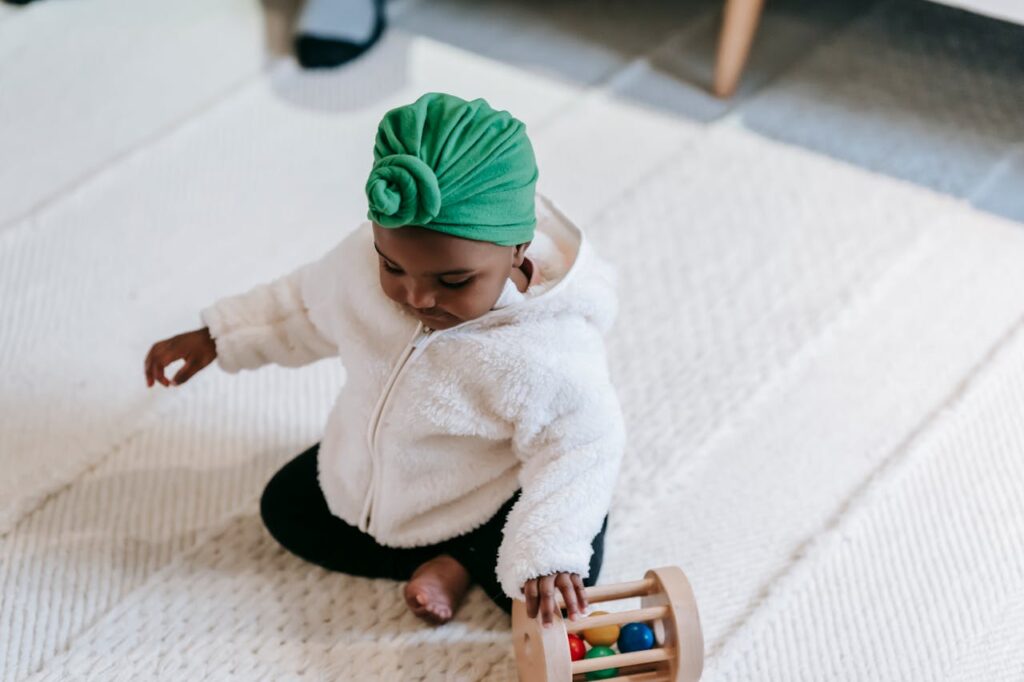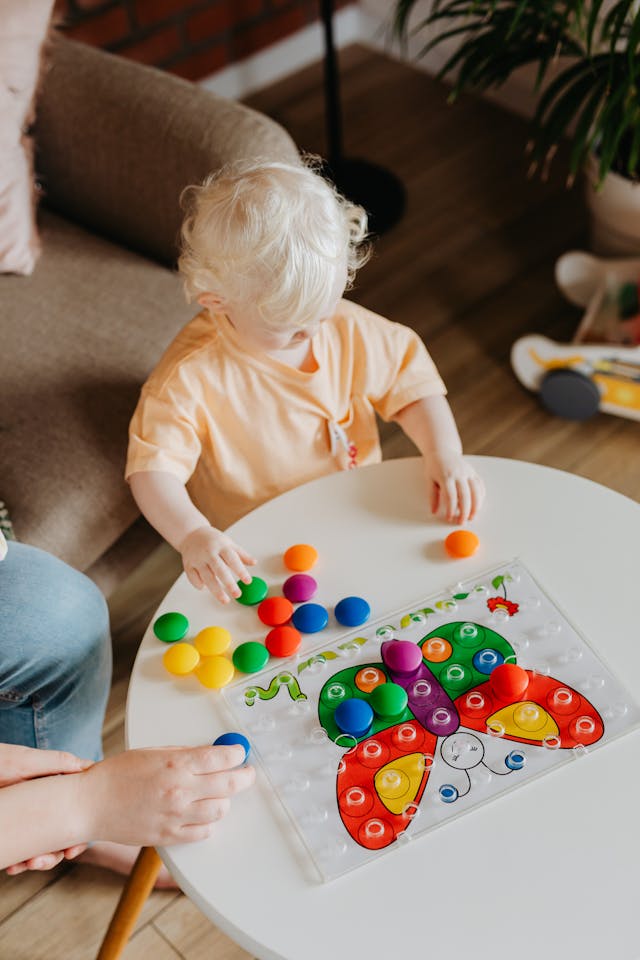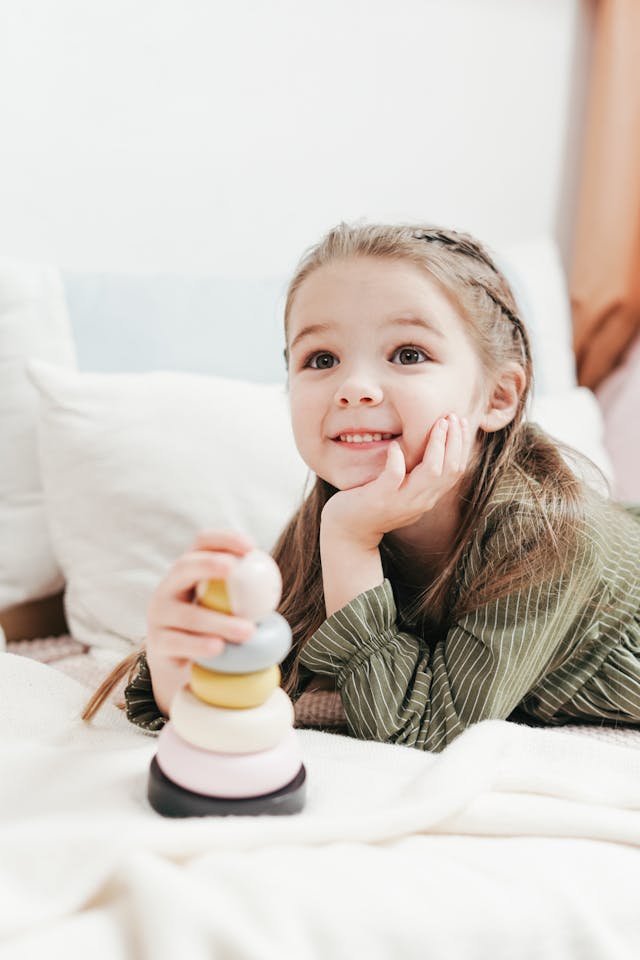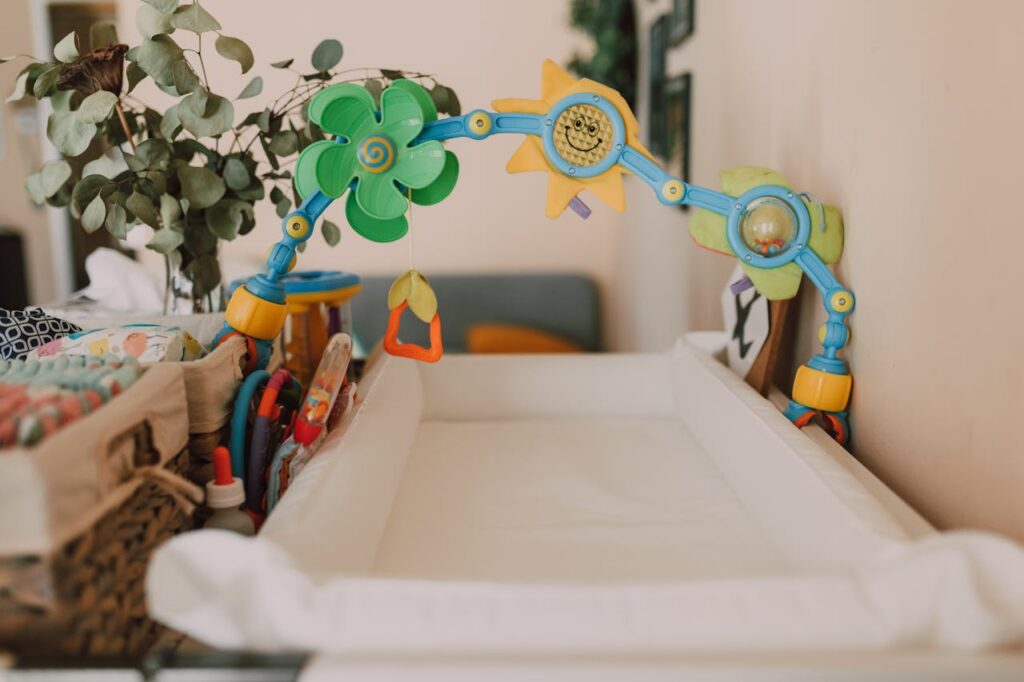Baby sensory toys are more than just cute toys. Join us as we delve into the important of these toys as well as the selecting process! Although it is undoubtedly exciting, having a baby often raises questions on how we can best assist them grow. One way of doing this is through baby sensory toys. These toys do not just entertain; they stimulate your child’s senses and facilitate key developmental stages. This article explains why sensory play matters and offers tips on selecting appropriate toys. We aim to equip you with knowledge that will enable you to choose entertaining items while contributing to your child’s cognitive, motor, and sensory growth.
Table of Contents
Introduction to Baby Sensory Development

Sensations are crucial for overall infant development as they determine their perception of the environment around them. Babies investigate their surroundings using touch, sight, sound, taste, and smell immediately after birth. Such an exploration helps in cognitive, physical, and social-emotional aspects because it provides a foundation for learning more difficult skills later in life.
These toys greatly aid such an investigation by provoking different reactions with every engagement, thus becoming avenues for growth each time they contact them. These playthings activate our organs, such as eyes, ears, etc.
Understanding the Role of Sensory Toys in Development

The role of sensory toys in the development process cannot be underestimated at any given point since these objects act as tools for supporting various skills within the brain, such as cognition and motor skills, including sensory integration right from infancy to adulthood. When kids engage with these types of things, they don’t just play but learn too.
Moreover, such items introduce children to various textures, colors, and sounds that foster richer sensory experiences, hence enabling them to differentiate between different inputs received through the senses. Such multi-faceted stimulation lays strong neural foundations for future learning stages besides other developmental achievements within children.
What To Look For When Buying Baby Sensory Toys
When shopping for the best baby sensory toys, it is important not just to pick any toy off the shelf because it’s cute toys. Safety should always come first. Pick only those made from safe materials without toxic substances that might harm the baby’s health upon contact with their mouth or skin surface during playtime.
Age appropriateness is another key factor to consider while selecting these playthings. Toys must match the current level of development demonstrated by your child; otherwise, too easy will make them lose interest quickly; on the contrary, when very difficult, it may lead to frustration, thus hindering the learning process.
Best Baby Sensory Toys for Every Stage of Growth
For instance, soft musical toys or rattles that produce mild soothing sounds can help babies differentiate between different types of noises as they develop their sense of hearing. Similarly, cute stuffed animals with built-in lullabies may also serve as a great source of comfort for infants.
Toys with bright contrasting colors or mobiles enhance visual tracking and perception; they decorate your baby’s crib and help them practice focusing their eyes simultaneously. Textured balls and soft blocks are great for tactile exploration and fine motor skills. These toys give babies something to touch and hold onto with their hands, which helps them learn how to use their fingers more precisely while also developing coordination.
Including Sensory Toys in Playtime everyday

You must incorporate sensory toys during playtime each day to enable them to maximize their growth benefits. One helpful thing to do is set a rotational schedule on what toys you use so there’s always something new and interesting for them whenever it’s time to play again; this promotes exploration, which keeps things fresh and exciting, thus preventing boredom in babies.
This verbal interaction, among other things, helps boost cognitive and language development alongside sensory stimulation. Additionally, observe which toy captures more attention from the baby than others since this could indicate where their current interest lies in meeting growth needs. Taking care of these areas during play also helps make it a safe, supervised bonding experience between caregiver and child, thus making it educative as well as fun.
Overcoming Challenges: Dealing with Over-stimulation and Safety Worries
Addressing overstimulation and safety concerns while navigating the complexities of infant play are important skills for any parent or carer. Sometimes, babies can become overwhelmed by too much sensory input, which they are yet to learn how to process; this manifests through fussiness, crying, or withdrawal.
Signs that a baby may be experiencing overstimulation include turning away from what’s happening around them, yawning, sneezing, or becoming cranky. Carers should create calm environments with minimal noise levels and activity patterns and take cues from their charges about when breaks during playtime might be necessary so that such states can be mitigated. The need for a secure environment where play happens cannot be overemphasized.
FAQs
How soon can I start introducing my baby to sensory toys?
You can introduce sensory toys to babies as young as a few weeks old, essential for their early development. At this stage, choose toys with high-contrast colors that captivate their eyes or produce soft sounds that will engage their ears.
Do babies have safe battery-operated toys?
They are secure for infants if they conform to safety regulations and possess a battery part that is locked safely enough that it can’t be opened by kids unintentionally. Always watch your child when they’re playing with such toys so that their mouths don’t come into contact with the little pieces or open up their batteries department.
How should I clean and care for sensory toys?
Cleaning instructions depend on the type of toy, but most can be wiped down with mild soap and lukewarm water to remove dirt and germs. Ensure you dry them thoroughly before returning them to your baby to avoid mold growth.
Conclusion

We have looked at how important these little tools are in achieving various milestones in your child’s growth. Every single one counts as a step along their educational journey from hearing things better thanks to sound producers all through seeing more clearly due to contrasting colors being displayed and increasing mental capacity because they need to work out complex scenarios presented by hands-on objects during playtime sessions too!


